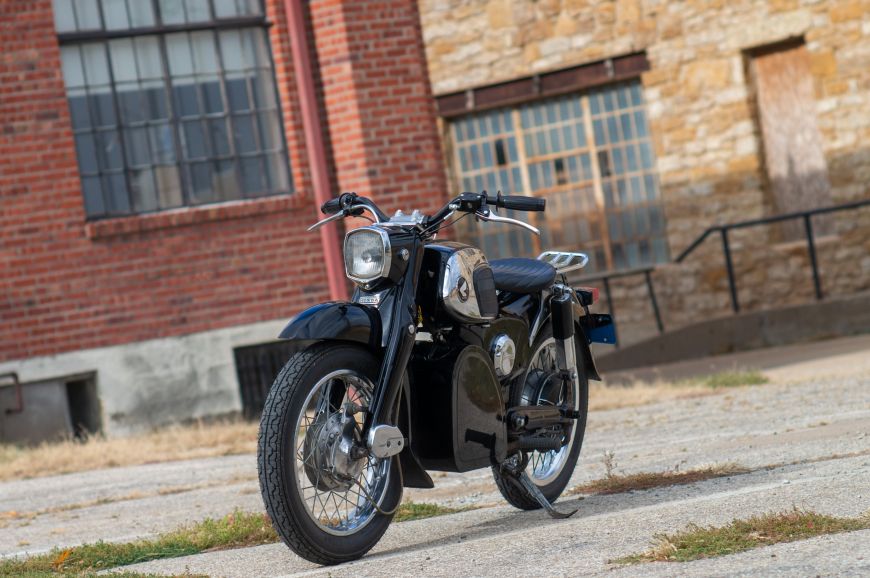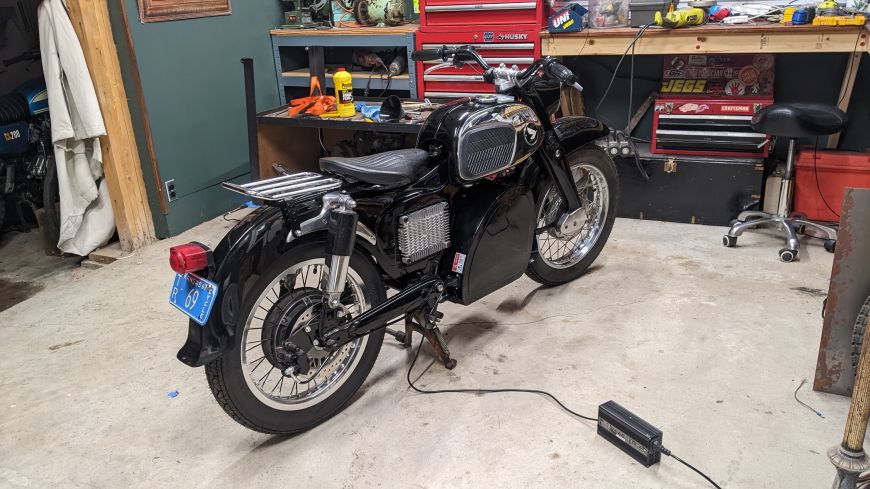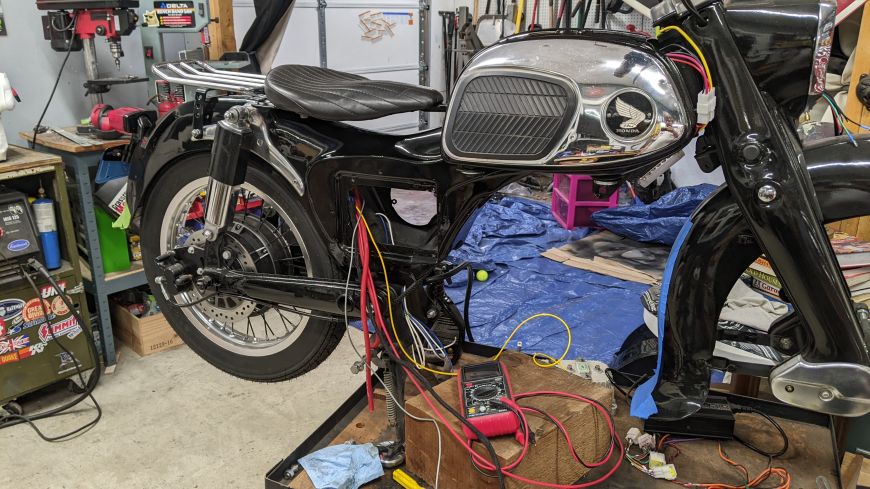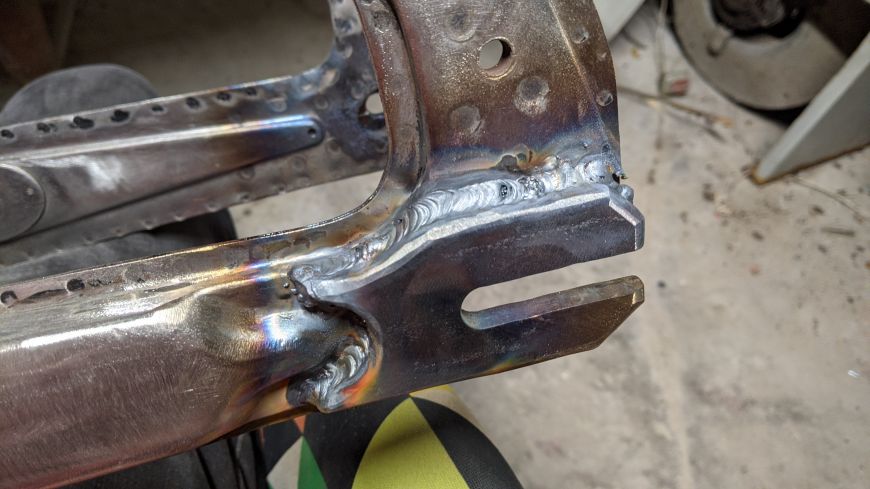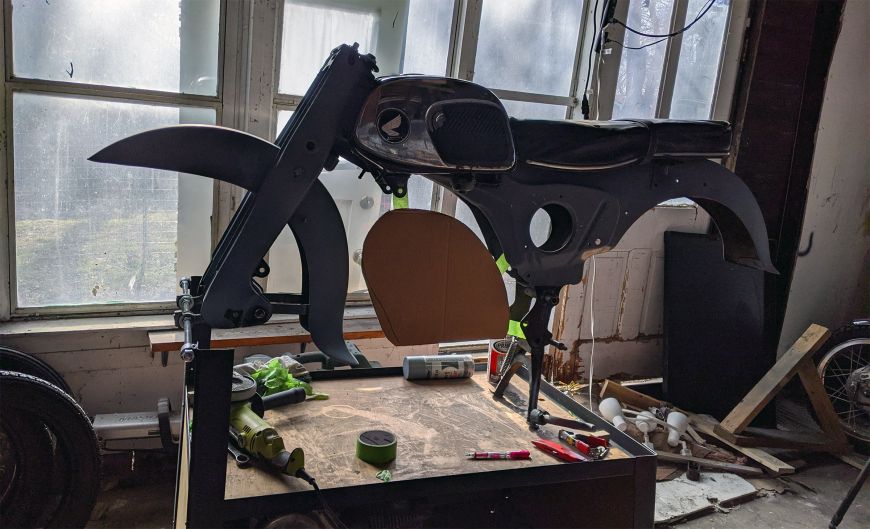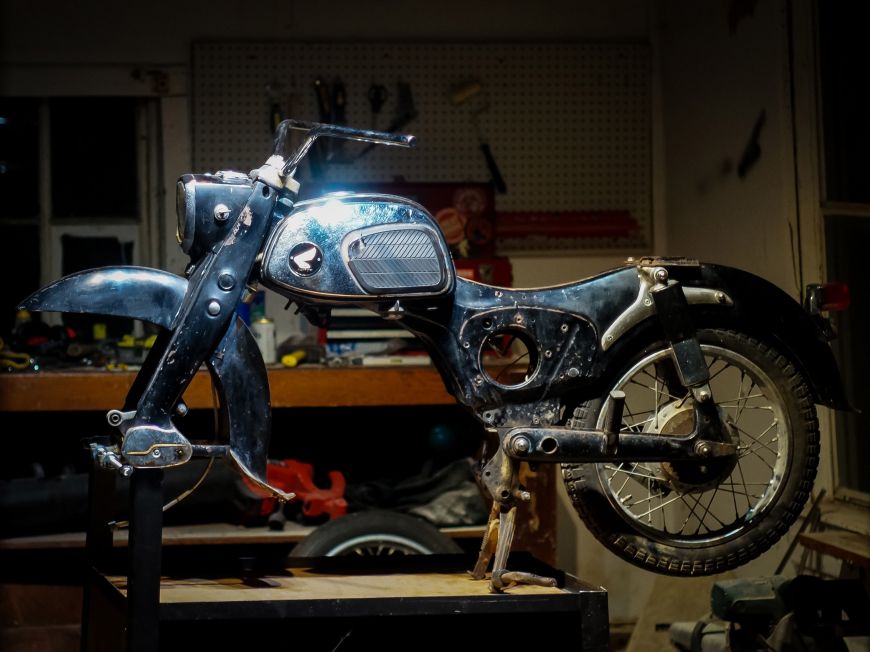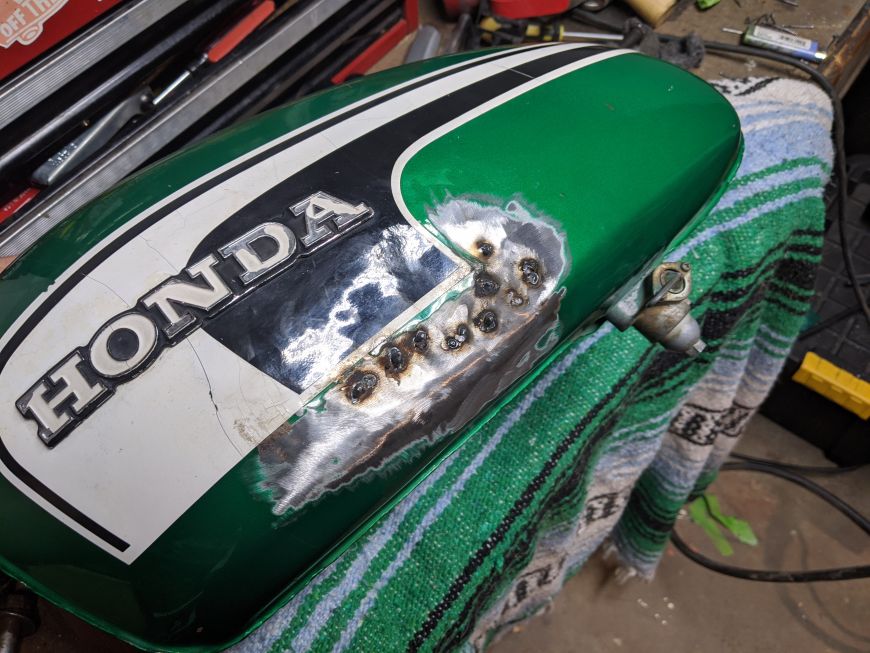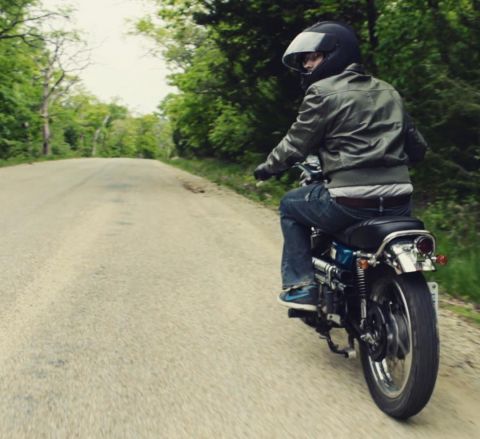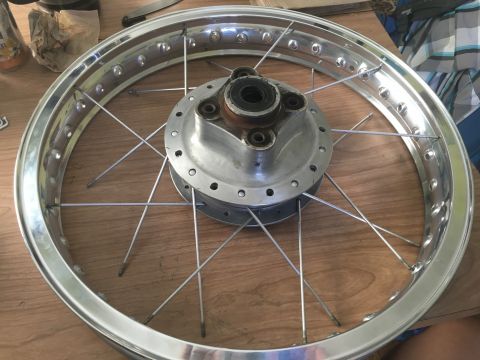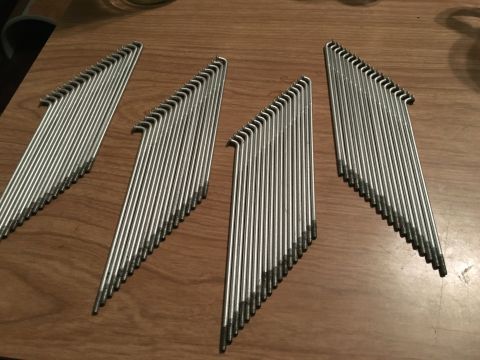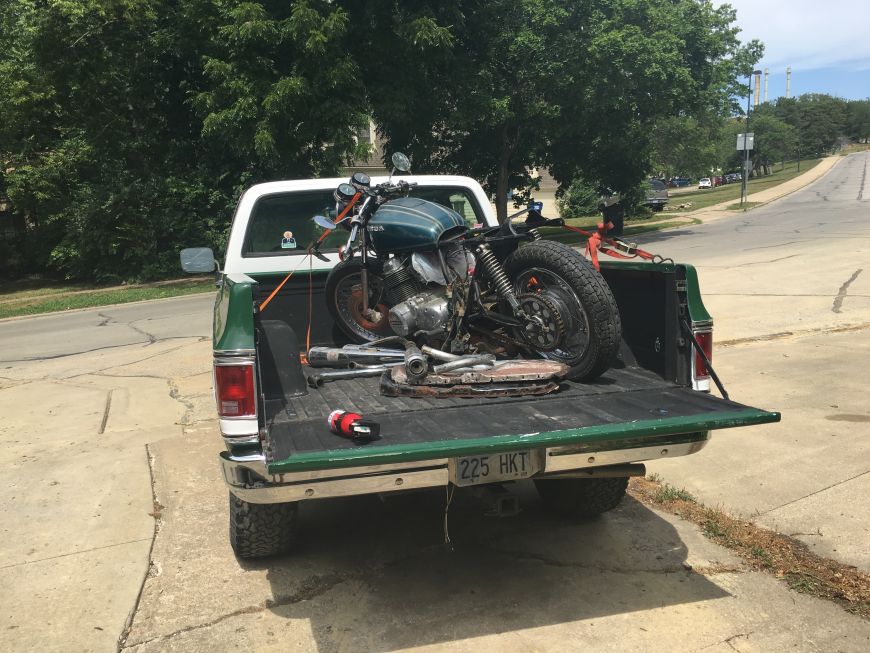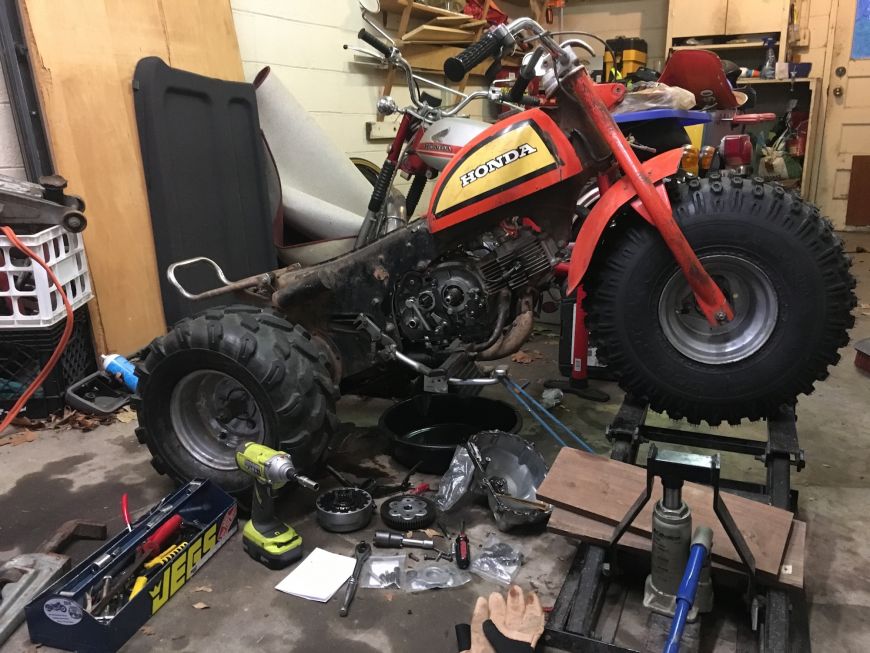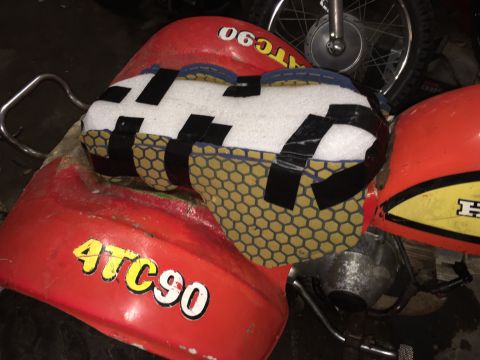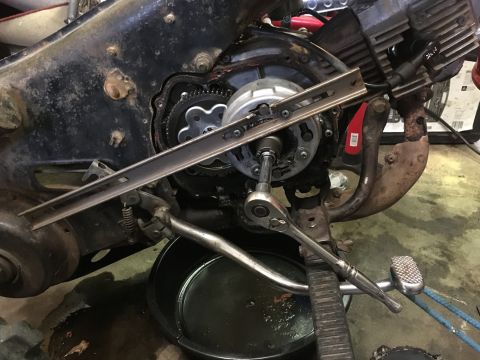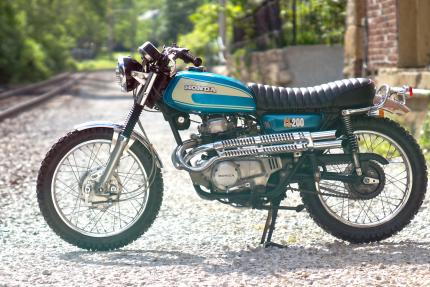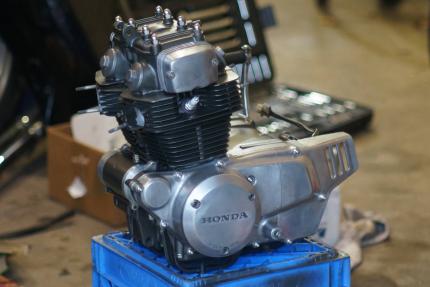Motorcycles
Project Dream-e Part 8: IT'S ALIVE!!
I finally get to ride the bike I've been working on (and off) on for nearly two years. How did it perform? Read more to find out!
Project Dream-e Part 7: Wiring and Programing the Kelly Motor Controller
I saved the best for last: doing all of the wiring! I also had to program the Kelly controller, and here is how I did it.
Building a battery pack from LG Chem li-ion pouch cells - Project Dream-e part 3
Here's how I took ten 4p modules of LG Chem pouch cells and turned them into a 20s2p pack for my 1967 Honda CA160 classic motorcycle that I am converting to electric. I'll need a 72v battery back that can continuously supply around 50 or 60 amps to my 4kw QS hub motor. These used li-ion cells should to the job!
Honda CA160 restoration & EV conversion! Project Dream-e Part 2
Selecting the motor and battery pack, and taking care of body work while the EV parts make their way to me from China.
Converting a '67 Honda CA160 to Electric! Project Dream-e Part 1
Here's why and how I'm converting an old, busted, non-running Honda CA160 "Baby Dream" to a battery powered EV.
10 things no one tells you about learning to ride motorcycles
These are the things that no one ever told me when I was learning to ride my motorcycle, I just had to learn them for myself. But you don't have to!
Motorcycle Wheel Restoration
The old rims on my 1974 Honda CL200 had seen better days. They were dented, out of true, scratched, a little rusty, and no longer safe. So I ordered some new rims: shouldered aluminum ones. Here's how I installed them.
How to paint/restore motorcycle or bike spokes
This is how I painted my old, used motorcycle wheel spokes. The same process should work for bicycle spokes as well. The bike is a 1974 Honda CL200. The spokes are cadmium plated steel (I think). I did this before lacing up the new rims.
How (not) to make a DIY seat for a motorcycle/ATV
For my This Old Three-Wheeler project, a 1973 Honda ATC90, I needed to make a seat. I didn't care much about looks, I just needed something function and inexpensive. That's why I decided to try and make it myself. For my 1974 Honda CL200, I had a hot-rod upholstery shop make the seat and they did a terrific job and the seat is gorgous. This seat, however, is not.
How to remove the clutch from a Honda ATC90
This is how I was able to remove the clutch from my 1973 Honda ATC90. I believe that this method should also work for ATC110s, CT90s, CT110s, etc.
This Old Three-Wheeler: Honda ATC90 Project, part 1
Here's my new-to-me 1973 Honda three-wheeler. Going to do what it takes to get this guy running nice and reliable.
Free! Honda CB200 CL200 Owners Manual and Workshop Service Manual free downloads
Don't know why I didn't share this sooner! The Factory Service Manual (FSM) is a MUST!! It's also called the Workshop Service Repair Manual. The owners manual is nice to have too. It's also fun (for lack of better word) to find that the two documents contradict each other on a few things. For example, the owners manual says to tighten the cam chain by putting it in TDC first, while the FSM says to do it while the engine is running. I do as the FSM says.
Evaluating Old Honda Twins - Six Easy Steps
I am reposting this gem of information for HondaTwins.net. The origintal article is here - http://www.hondatwins.net/.../evaluating-old-honda-twins-six-easy-steps.html - but as you can see is has been removed. It was an invaluable piece of information for me as a beginner, so it is my hope that other beginners will find this and get the help they need. Below is the transcribed article, all credit goes to someone by the name of Bill (who, I believe, was badly injured in a wreck and he deleted his account, very sad.)
Vintage Scrambler Build, Part 2
After rebuilding the engine and finishing up some of the customizations, my custom cafe-racer/scrambler/tracker/bratstyle motorcycle is complete!
Inspiration
Just some inspiration pictures found on the web over the last few months...
1974 Honda CB200 CL200 Engine Rebuild Tutorial
Coming off a fresh engine rebuild for my vintage scrambler motorcycle, I thought I'd share how I did it. Step by step.
Vintage Scrambler Build, part 1
I love my 1974 Honda CL200, but some features are just... dorky. And what they're doing in Japan with old Hondas and Yamahas inspired me to do the same with mine. So what started off as a mild, stock-ish restoration project, began to steer in the direction of darkness when I decided to add some bratstyle/tracker styling cues. One thing led to another, and the next thing I find myself doing is bobbing the rear fender.
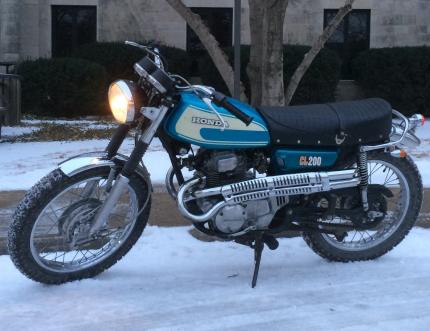
Motorcycle Side Cover Repair
I'm no expert in automotive body repair, just an amateur with a camera and a desire to do things my way. Sure, I could take it to a pro, but I like the idea of learning how to do things myself, which provides me with confidence and gusto. Or I could try to find one on ebay, but they're so rare these days that it will cost a gigabuck and it's likely to be just a cracked, brittle, and broken. What fallows is my attempt at repairing them with a few supplies from the hardware store and willingness to learn and take risks. 
How to refinish aluminum
While restoring my CL200, all the aluminum had to be refinished: the engine side covers, wheel hubs, and fork tubes. Honda originaly covered them in a clear coat to protect from oxidation, but over the years that clear coat turned yellow, and any scratches and nicks allowed oxidation to creep in and crawl around. The result was a very ugly, very tarnished surface. Here's how I cleaned them up.
Whelp, I found her, my dream bike: Honda CL200 Scrambler
For as long as I can remember, I've had my eyes peeled for a sweet old motorcycle. Not a Harley, not a crotchrocket, just a nice, standard motorcycle. And from the 60s or 70s. Well, I think I finally found her: a 1974 Honda CL200 Scrambler. Turns out it's a rare bird–it's the much less popular, "scrambler" twin to the CB200. 1974 was actually the only year they made them! It features high pipes for better off-road clearance, the moto-style bars, and off-road styling cues. I dig it!

